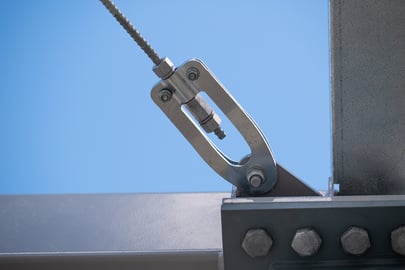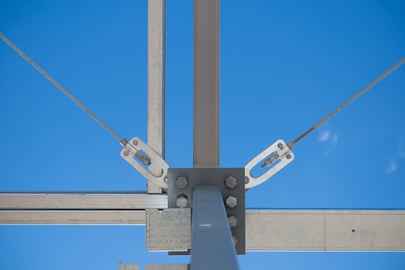Innovation based on experience: developing the DonoBrace system
At Donovan Group, we’re driven to create sustainable innovation that helps improve construction processes. In 2019, we developed DonoBrace to offer a more efficient option for bracing – helping streamline the process of planning, manufacturing, and installation.
_159_edit.jpg?width=480&height=270&name=DonobraceMtRoskill(LissaPhoto)_159_edit.jpg)

_168_edit.jpg?width=480&height=270&name=DonobraceMtRoskill(LissaPhoto)_168_edit.jpg)
_160_edit.jpg?width=480&height=270&name=DonobraceMtRoskill(LissaPhoto)_160_edit.jpg)

_055_edit.jpg?width=480&height=270&name=DonobraceRoma2(LissaPhoto)_055_edit.jpg)
_039_edit.jpg?width=480&height=270&name=DonobraceRoma2(LissaPhoto)_039_edit.jpg)
_143_edit.jpg?width=480&height=270&name=DonobraceMtRoskill(LissaPhoto)_143_edit.jpg)
_145_edit-min.jpg?width=480&height=270&name=DonobraceMtRoskill(LissaPhoto)_145_edit-min.jpg)